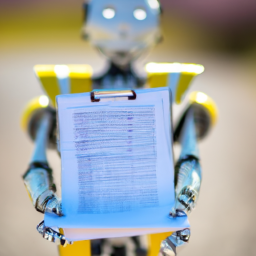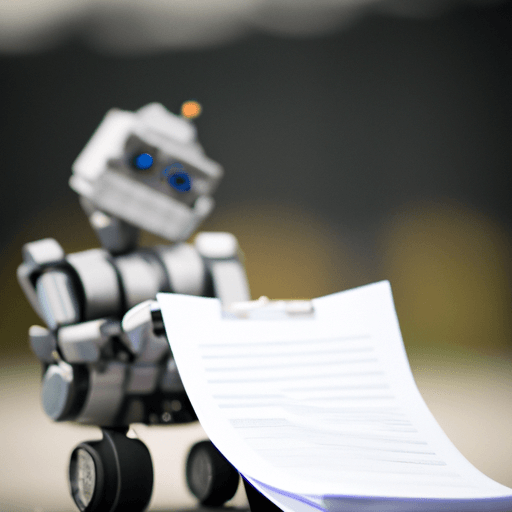561
Newsletter
Subscribe to our newsletter for exclusive content, latest news and trends, and exciting new features.
Tranding
Categories
Beauty and personal careMusic and EntertainmentSports and fitnessHome and gardenHealth and wellnessLiterature and writingScience and natureLifestylePets and animalsBusiness and entrepreneurshipArts and cultureTravel and tourism
Gaming and esportsEntertainmentTechnologyEducation and learningFood and cookingEnvironment and sustainability





















Comments
Leave a Comment